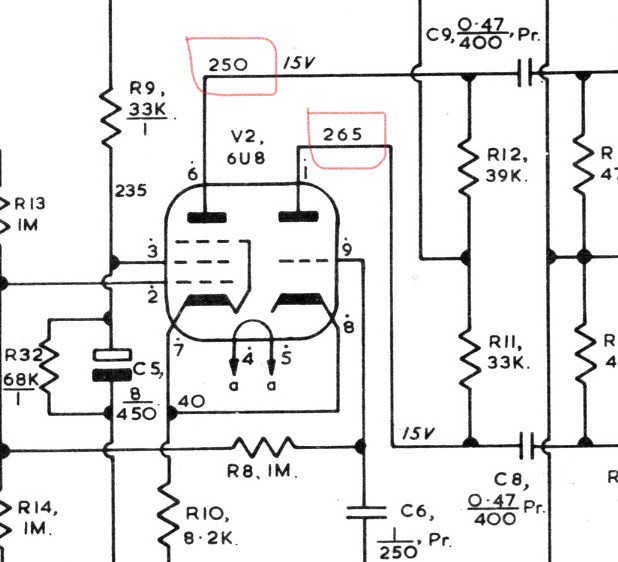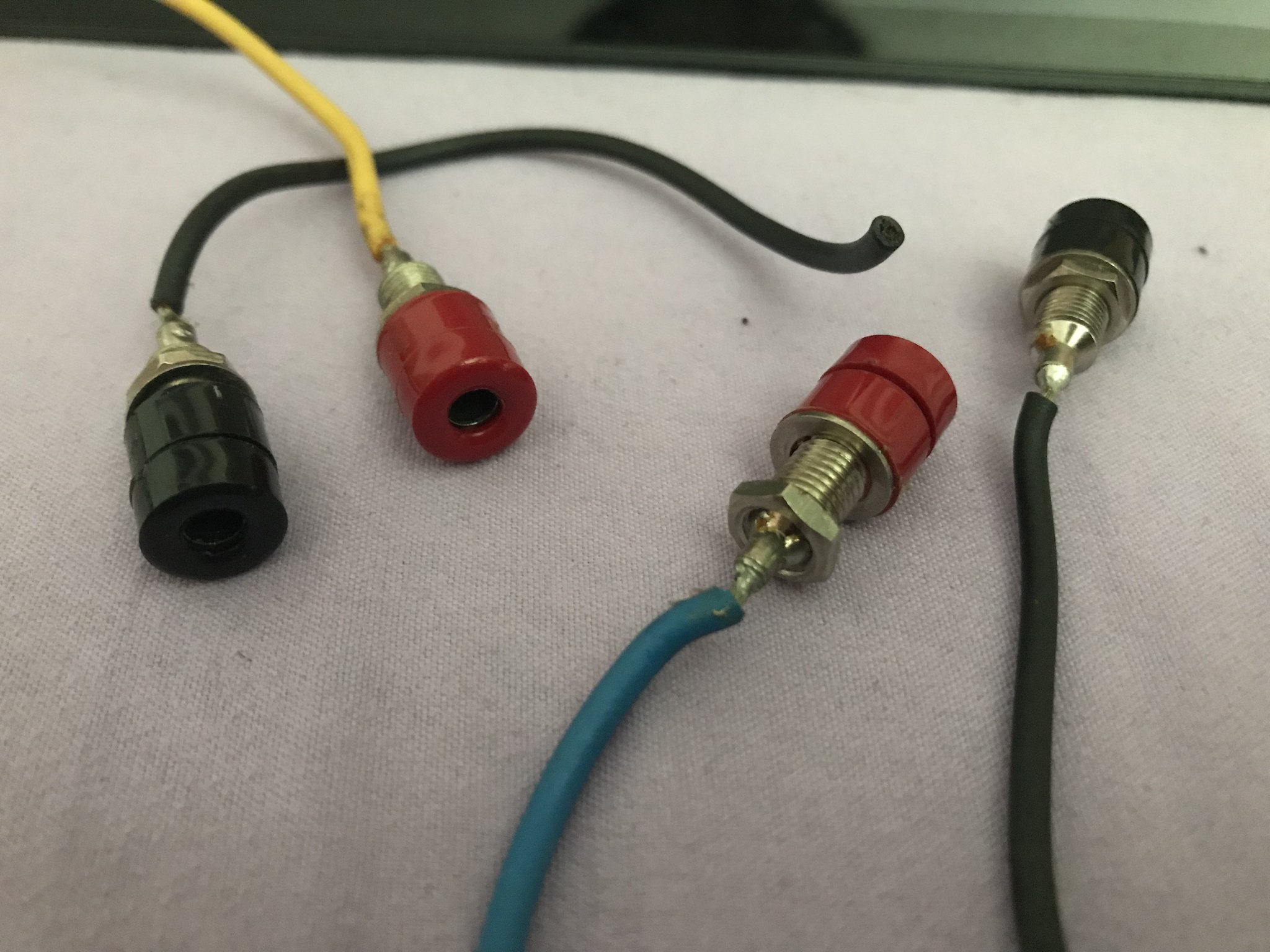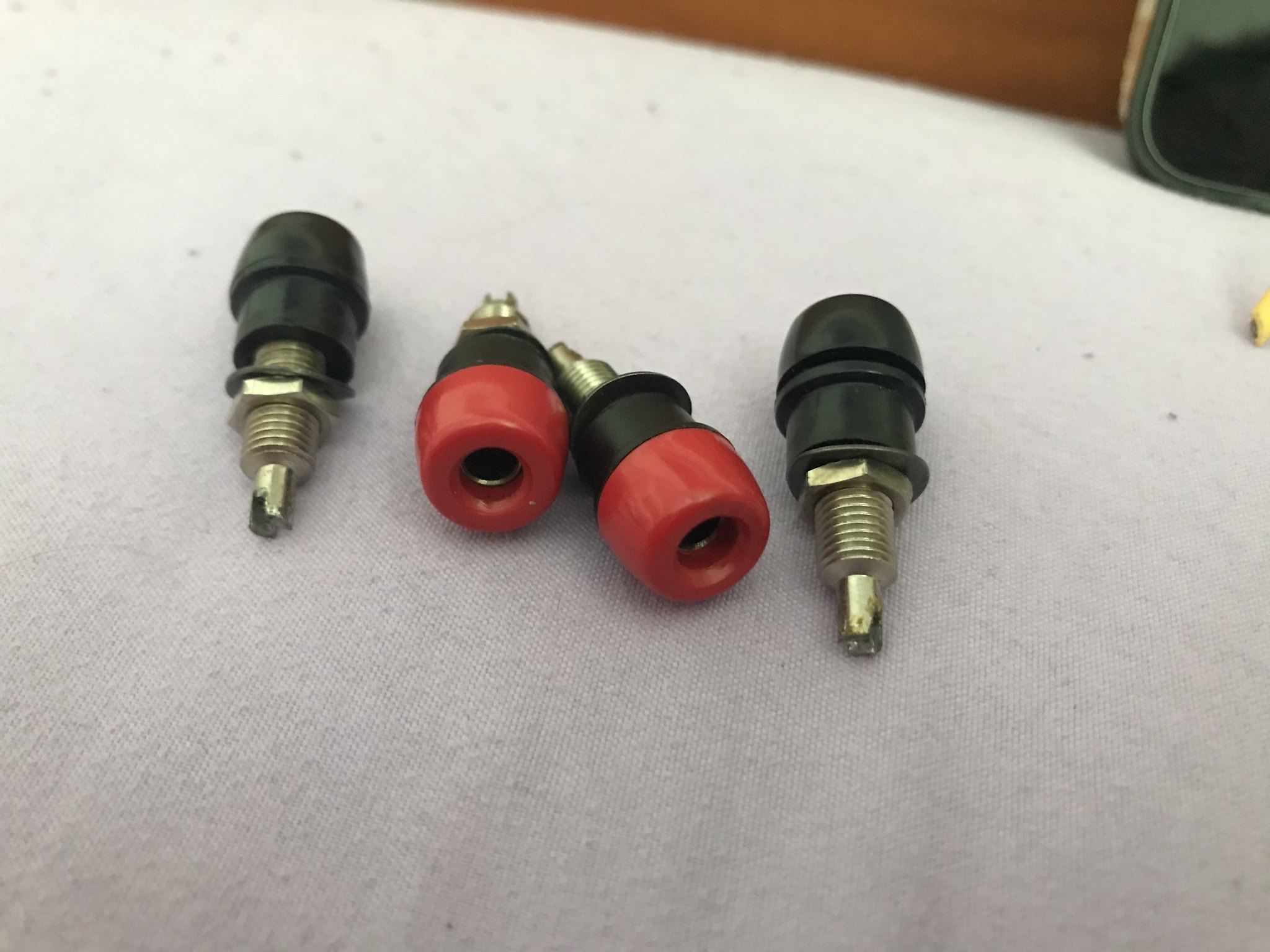chiily
PFM Special Builder
Postman delivered me these today...
 2022-06-01_09-10-00 by Garf Arf, on Flickr
2022-06-01_09-10-00 by Garf Arf, on Flickr
I've done a little reading around on ECF82s/6U8A in Radfords and a stumbled across this post from Will at RR and I thought I'd repost it here...
One foible with the STA15/25 is that they are quite sensitive to the choice of 6U8/ECF82. This has been noticed by a few people. Because of the dissimilar sections forming a long tailed pair phase splitter, it's quite possible for an otherwise perfectly good 6U8/ECF82 to bias up "oddly" in these amps, where one side draws too much current and throws the phase splitter off balance. This causes far more even order harmonic residual hence the wildly differing THD readings. One way I've found to quickly check for a "goodun" is to measure the anode voltages at the phase splitter, if they're within around 20v of each other it generally means it'll perform on the lower THD end of things. This is certainly easier if you don't have a distortion analyser at hand!I select for this in new and rebuilt amps of course. Generally a good one will stay balanced in the circuit and won't drift (thankfully!)A Radford with carefully selected valves will often beat the 0.1% distortion spec.
I assume the difference is between these two voltages I've drawn a very crude and particularly non-artistic ring around.
 InkedST15 Series III Anodes_LI by Garf Arf, on Flickr
InkedST15 Series III Anodes_LI by Garf Arf, on Flickr
I did wonder what the 15V marking meant, I understand now.
 2022-06-01_09-10-00 by Garf Arf, on Flickr
2022-06-01_09-10-00 by Garf Arf, on FlickrI've done a little reading around on ECF82s/6U8A in Radfords and a stumbled across this post from Will at RR and I thought I'd repost it here...
One foible with the STA15/25 is that they are quite sensitive to the choice of 6U8/ECF82. This has been noticed by a few people. Because of the dissimilar sections forming a long tailed pair phase splitter, it's quite possible for an otherwise perfectly good 6U8/ECF82 to bias up "oddly" in these amps, where one side draws too much current and throws the phase splitter off balance. This causes far more even order harmonic residual hence the wildly differing THD readings. One way I've found to quickly check for a "goodun" is to measure the anode voltages at the phase splitter, if they're within around 20v of each other it generally means it'll perform on the lower THD end of things. This is certainly easier if you don't have a distortion analyser at hand!I select for this in new and rebuilt amps of course. Generally a good one will stay balanced in the circuit and won't drift (thankfully!)A Radford with carefully selected valves will often beat the 0.1% distortion spec.
I assume the difference is between these two voltages I've drawn a very crude and particularly non-artistic ring around.
 InkedST15 Series III Anodes_LI by Garf Arf, on Flickr
InkedST15 Series III Anodes_LI by Garf Arf, on FlickrI did wonder what the 15V marking meant, I understand now.



 PXL_20220420_162553093
PXL_20220420_162553093
